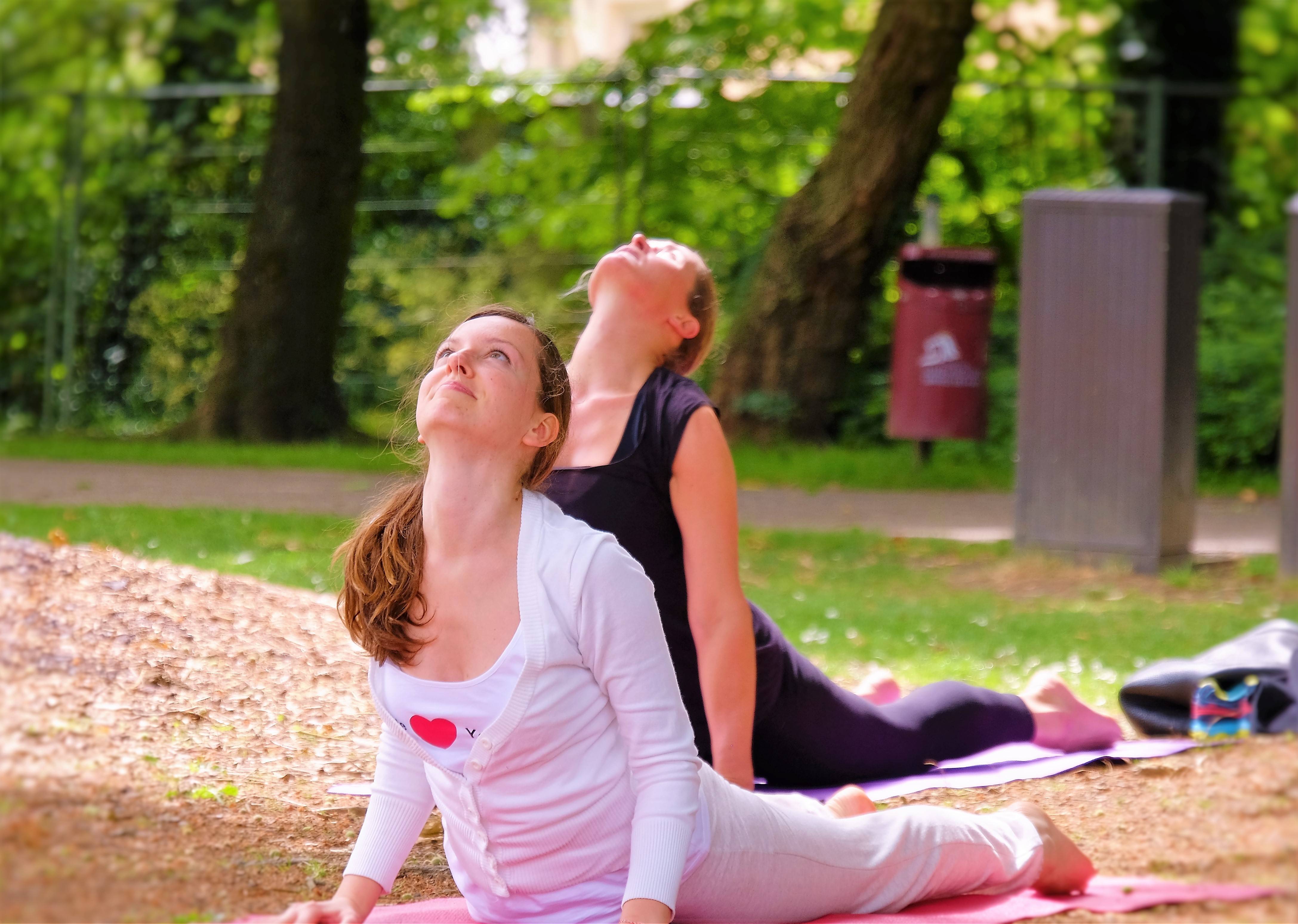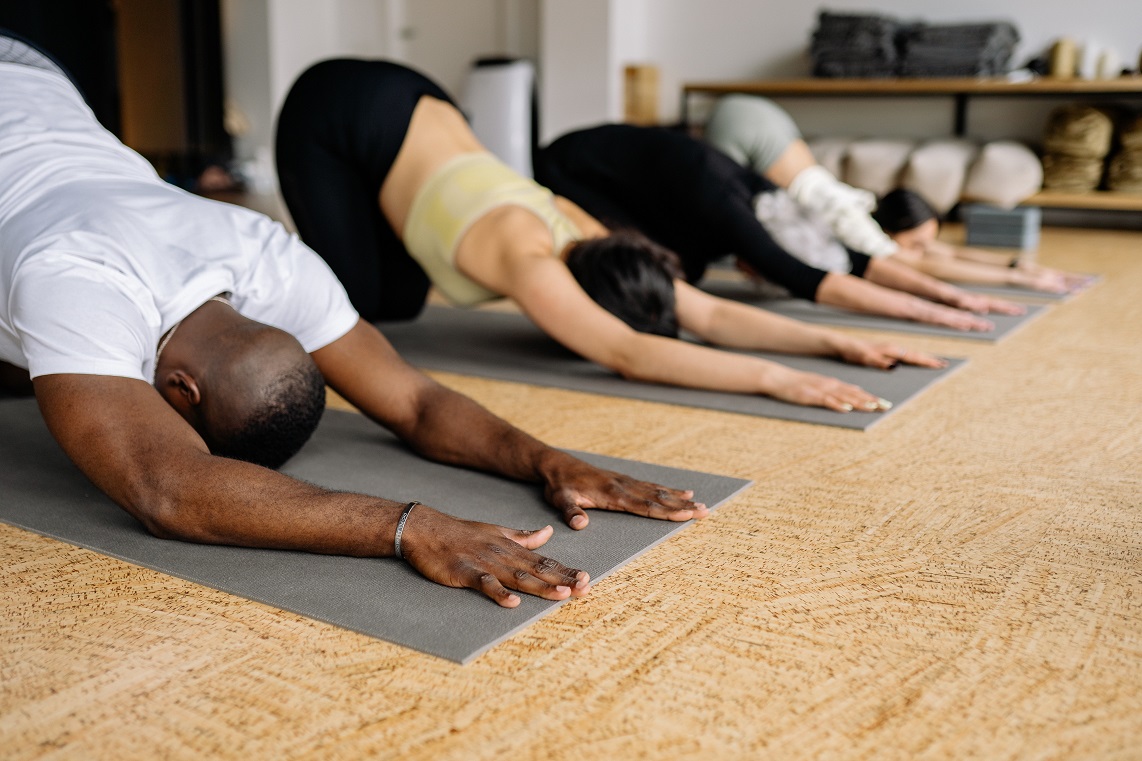
A common concern for people with osteoporosis is that exercise will make them more susceptible to falls and fractures. This is a common misconception. Regular exercise can strengthen bones and decrease the likelihood of falling. Regular exercise helps improve flexibility, coordination, balance and coordination. Here are four exercises that will increase bone strength and prevent falls: i) For 15 minutes, kneel on one leg.
Resistance Band Exercise: This simple exercise builds bone density and does not require any impact. For this exercise, you will need a resistance piece that is flat or rope-like. You will need a resistance band that is flat or rope-like. Hold the handles with your right foot and place your right foot onto the band. Your arms should be raised to the level of your shoulders, and you can then move backwards with your right foot. This is a no-impact exercise that strengthens the chest and shoulder muscles.

It is important to exercise safely for osteoporosis. If you are unsure about your condition, you should talk to a doctor before beginning any exercise routine. Your doctor can help you choose the right exercise program. Your goal is to improve your health, prevent falls and strengthen your muscles. Additionally, it is important to take steps or remove stairs from your home.
Hip Extension: This exercise can be beneficial for osteoporosis patients, but it is not recommended. Standing straight up, extend your right leg behind your left. You want to ensure that you have good balance and strong form. You should aim to complete 8-12 reps for each exercise with at most four sets. Each of these exercises should be completed eight to twelve times. High-impact activities can cause bone loss.
To increase bone density, weight bearing exercises for osteoporosis can be very important. The risk of fractures can be reduced by performing weight-bearing exercise. Additionally, it is important to maintain balance and strengthen your muscles in order to avoid falling. Doing so will increase bone density, which can help prevent falls. Before you do any exercise, consult your doctor to ensure that the best type of exercise is chosen for your situation.

Weight-bearing exercises will strengthen your bones and improve your posture. Weight-bearing exercises, regardless of whether you're exercising to prevent osteoporosis, are vital for maintaining a healthy spine. Weight-bearing exercise should be performed at least twice per week. Depending on your personal preference, you should start with moderate weight-bearing exercises to build strength and endurance. Gradually increase your intensity.
Also, low impact exercises are important for osteoporosis exercise. Walking and brisk running are just two of the options. These activities will help reduce your fracture risk and improve your overall well-being. Avoid twisting and bending at your waist if you have osteoporosis. Before you start any activity, consult your doctor. Avoid vigorous exercise if you have limited mobility.
FAQ
What's a good workout routine for daily?
Regular exercise is essential to staying fit. No matter what kind of exercise you do, as long you do it consistently. Consistency and consistency are the keys to success. It is important to stay consistent in order to get results.
Start by doing small amounts of daily physical activity (like walking). Start by walking for a few minutes every day. Gradually increase your time exercising to 30 minutes per week. This could be running, biking, swimming or weight training.
It's important that you get your exercise done every day. You should not miss any sessions unless there is a good reason.
If you exercise outside, ensure that you wear appropriate clothing and footwear. You also need to consider the weather conditions and whether they affect your ability to exercise safely.
While exercising, make sure to drink plenty water. Drinking alcohol during exercise can cause dehydration. Also, don't drink caffeine-rich beverages like tea, coffee, or cola. They may give you energy, but they will also dehydrate you.
At first, it's normal to feel tired after you finish your exercise routine. However, if you continue with your program, you'll soon feel more energetic and refreshed.
Is Cardio Exercise Good Or Bad For Your Health?
Cardiovascular exercise has many advantages. It improves blood circulation, strengthens heart muscle, gives you energy, and can even help you lose weight.
Cardiovascular exercise includes running, biking, hiking, swimming, tennis, basketball, soccer, volleyball, football, etc.
It is important to remember that cardio exercises should not be performed at high-intensity levels. Doing this could lead to injury.
If you feel fine, only do the cardiovascular exercise.
Never push yourself past your limits. This could lead to injury.
Warm up is the best way to start cardiovascular exercise. Then, gradually build up to higher intensity levels.
Be aware of your body and listen to it. If you feel pain, stop doing cardio exercise immediately.
After a cardiovascular training session, it is recommended that you take some time to relax. This will give your muscles time for recovery.
Cardiovascular exercise is a great way to lose weight.
It is the most efficient way to lose weight and stomach fat.
Can I drink alcohol while exercising?
Yes. Alcohol has increased energy expenditure, speed up recovery time, and reduced soreness.
It also increases insulin sensitivity. This makes it easier and faster to absorb glucose.
Alcohol can also cause dehydration which can lead to a slower metabolism. Alcohol can also lower testosterone production, which could lead to a decrease in muscle-building potential.
For these reasons, women shouldn't drink alcoholic beverages before working out. Women who are heavily alcoholic should wait at minimum 24 hours before starting to work out.
It is important that women who are nursing avoid alcohol.
Men should have no more than one drink per day.
Which order is best for working out?
It all depends on your goals. You should start with heavy weights if your goal is to build muscle mass. Next, move on to cardio. If you are looking to lose weight, then move on to strength training.
Cardio is a great way to lose fat if you are just looking for a quick workout. Next, add strength training.
You should do cardio last if your goal is to increase muscle mass. This stimulates growthhormones, which helps build muscle mass.
You should also eat before your workout. You will be able to give your muscles more fuel so they can work harder. Plus, it makes you feel better during your workout.
How do I build muscle quickly?
It is important to eat healthy food and lift weights frequently in order to quickly build muscle.
The best time to work out is early morning when you are fresh and ready for action!
Exercises such as push-ups and bench presses are good options.
Consider trying different weight training programs and drinking plenty of water throughout each day.
Do I have to exercise every single day?
No! At least 30 minutes moderate-intensity exercise five days per week is a good goal. It means you need to exercise hard enough or walk fast enough that you are slightly out-of- breath.
What diet supplement is best to lose weight?
Losing weight requires both diet and exercise. Some people find that certain supplements are helpful.
Studies have shown that omega-3 fatty acid may be beneficial in weight loss. Omega-3s are essential fats which are crucial for brain function. These fats are found in seafood such as salmon, tuna and shrimp.
Some research has shown that green tea could be helpful in weight loss. Green tea has catechins, which are antioxidants that can help increase metabolic rate and encourage weight reduction.
Statistics
- Candidates and applicants must pass all four tests at 70% (minimum level) to graduate from Basic Deputy U.S. Marshal (BDUSM) Training. (usmarshals.gov)
- Get free shipping and 25% off today. (healthline.com)
- Are You One of the 20% of Guys (mh.co.za)
- The PRS enabled risk stratification for overall prostate cancer and lethal disease with a four-fold difference between men in the highest and lowest quartiles (HR, 4.32; 95% confidence interval [CI], 3.16-5.89). (pubmed.ncbi.nlm.nih.gov)
- An estimated calorie range for moderately active adult males falls between 2,200 to 2,800 calories per day, depending on age. (eatright.org)
External Links
How To
What is the best food for men to eat?
Five servings of fruit and vegetables should be consumed daily by men. They should limit their intake of red meat, and avoid fast food.
Fruits and vegetables are high in antioxidants which help prevent cancer, heart disease, and other diseases.
Vegetables include broccoli, cauliflower, carrots, spinach, tomatoes, peppers, cucumbers, lettuce, mushrooms, etc.
Also, beans and peas are rich in protein and fiber.
Nuts and seeds are excellent sources of omega-3 fatty acids. Omega-3 fatty acids are critical for brain function and hormone production.
Fish is another excellent source of omega-3s. Fish has more mercury than other meats. However, fish liver oil does contain fewer toxins.
Normal growth and development are possible with the help of Omega-6s in vegetable oils like soybean, safflowers, sunflowerseed, cottonseed, and corn oils.
Poultry is a great source of lean proteins. Chicken breast is one of the healthiest meats.
Lean beef is low in saturated fats and cholesterol. Consuming too much red meat can increase your chance of getting prostate cancer.
Avoid processed meats like sausage and hot dogs. These products can cause cancer by containing nitrates.
No doubt exercise is crucial for good health. But what if you're already working out regularly? What can you do to improve or maintain your physical condition?
Yes, it is! There are many things you can do to get the best out of your workouts. These are some ways to make your workouts more enjoyable.
Start slow. If you try to push yourself too hard during your first session, you may injure yourself. You can start slowly increasing your intensity by starting at a comfortable pace.
Stretch before and after. Stretching helps loosen tight muscles, reduce muscle soreness, and improve flexibility. Stretching can take place standing, sitting, or lying down.
Cool down. This is particularly important when doing cardio exercises. You need to allow your body time to rest between sessions so that it doesn't get tired. Cool down by walking slowly, taking deep breaths or going for a swim.
Hydrate. Fluid intake is important to keep your muscles hydrated and prevent muscle cramps. Water is the ideal beverage, but sports drinks may also be helpful.
Be healthy. You should eat enough calories every day. It will keep you feeling energized and focused while you work out by eating regular meals throughout each day.
Get rest. Get enough rest to feel refreshed and ready to tackle your next training session. You must also get adequate sleep to heal damaged tissues.